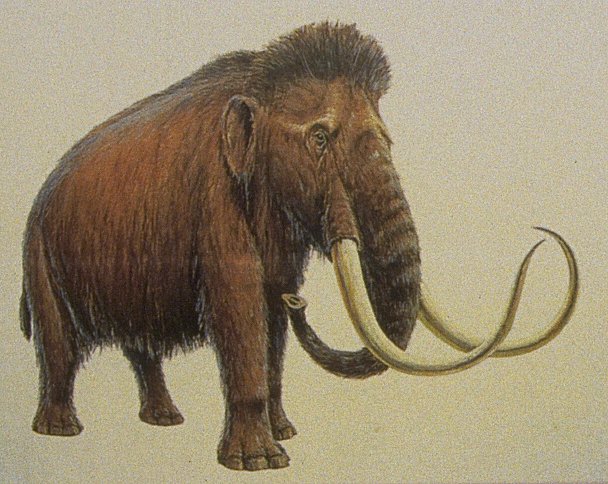It looks like you're using an Ad Blocker.
Please white-list or disable AboveTopSecret.com in your ad-blocking tool.
Thank you.
Some features of ATS will be disabled while you continue to use an ad-blocker.
0
share:
A few years ago i saw a show on discovery channel where they found frozen mammoth DNA and were going to calone another and i havent heard anything
sence. anyone know whats up
No I haven't but I'd like to know too. I hope they do it and I like what I'm hearing about the human/animal hybrids and other freak show stuff they
are making and planning to make...
yup science justifies anything until you find out that you've let the genie out of the bottle and don't know how to put it back.
yup science justifies anything until you find out that you've let the genie out of the bottle and don't know how to put it back.
quoting nothing but memory here, but i saw something on discovery, or some such channel, and they said something about the process of perfecting the
clone would take several generations.
The problem with bringing back the mammoth would be finding, or rebuilding a complete strand of DNA. After so many years in the ice most of the DNA is
fractured to the point that you have nothing to implant into an Asian elephant egg.
I do think it may be possible in the future, but for now it's still in the realm of science fiction. But wow, I'd sure love to see these majestic creatures walk the earth again.

This story was on the BBC in 2003, but still no results.
Here's a breakdown of what would be involve in the process.
And from the same article above:
I don't think they've reached a dead end yet, who knows what the future will hold.
Some day we may be able to write the genetic code for anything we want, even animals that have never existed on this planet.
I do think it may be possible in the future, but for now it's still in the realm of science fiction. But wow, I'd sure love to see these majestic creatures walk the earth again.

This story was on the BBC in 2003, but still no results.
Russian and Japanese scientists are hoping to clone mammoths from what they think are the legs of the extinct animal discovered in Russia's northern Yakutsk region.
Specimens of the animal discovered last year have arrived at Kinki University's Gifu Science and Technology Centre in western Japan.
news.bbc.co.uk...
Here's a breakdown of what would be involve in the process.
1. remove soft tissue from one frozen mammoth
2. attempt to identify a complete strand of DNA
3. extract an egg from a female of the mammoth's closest living relative, the Asian elephant
4. irradiate that egg to destroy its existing DNA
5. take the mammoth DNA and insert it into the elephant egg
6. using in-vitro fertilization, insert the egg into the female elephant
7. wait 22 months (the gestation period of an elephant)
8. raise and care for the baby mammoth
www.exn.ca...
And from the same article above:
At every step, the complications mount. To begin with, suitable soft tissue has not been found, which means at this point, the cloning effort is halted at step one. Even if soft tissue becomes available, it will obviously be very old, and quite likely badly degraded at the cellular level. Because of that, there might be short fragments of DNA still available, but to get a fully-usable strand will be nearly impossible — a little less likely than finding a needle in a haystack. Many scientists, including geneticists and molecular biologists, think mammoth cloning has no chance of working, based on the challenge of finding intact DNA alone.
I don't think they've reached a dead end yet, who knows what the future will hold.
Some day we may be able to write the genetic code for anything we want, even animals that have never existed on this planet.
new topics
-
Ed Dowd some good news
Medical Issues & Conspiracies: 10 hours ago -
Anyone like the Scorpions?
Music: 10 hours ago -
What if this is true?
2024 Elections: 11 hours ago
top topics
-
What if this is true?
2024 Elections: 11 hours ago, 13 flags -
It's toast
General Chit Chat: 17 hours ago, 7 flags -
Ed Dowd some good news
Medical Issues & Conspiracies: 10 hours ago, 7 flags -
Merry-Go-Round Ride
Short Stories: 13 hours ago, 5 flags -
Anyone like the Scorpions?
Music: 10 hours ago, 4 flags
0
